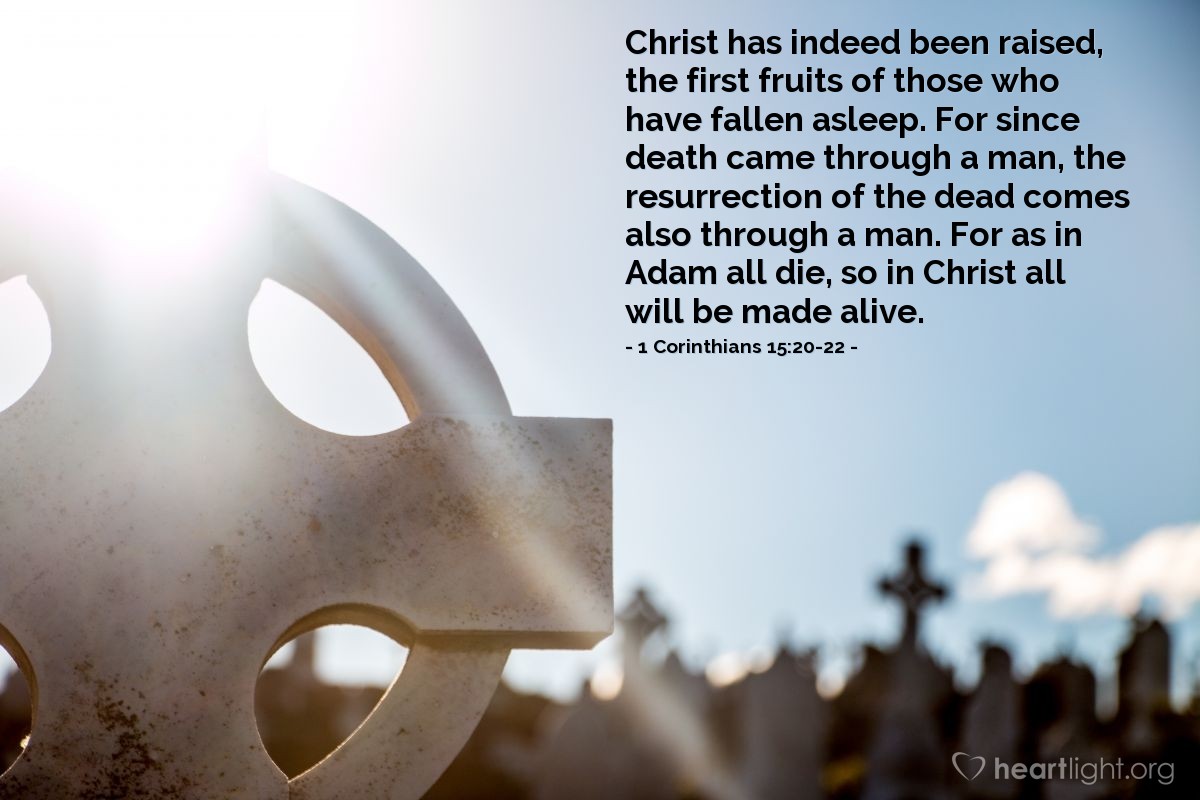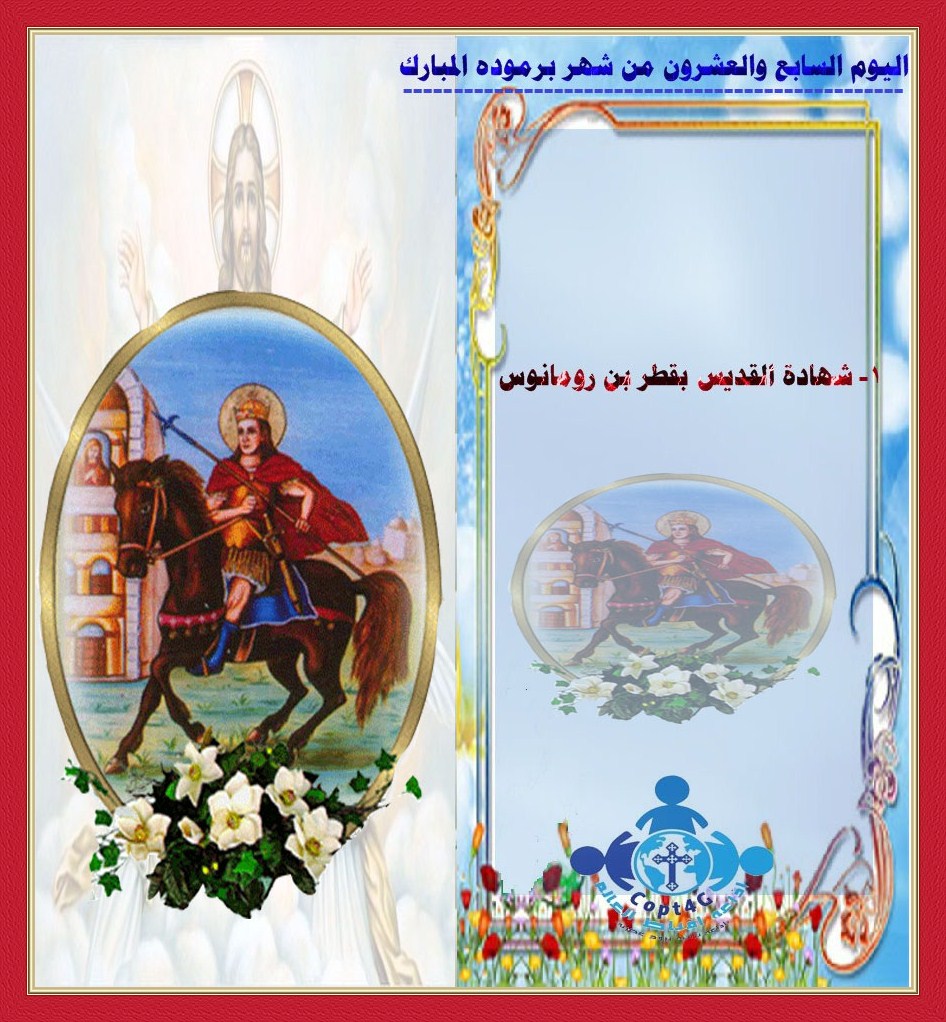Jesuit theologian Karl Rahner (1904–1984) suggested that “Christians are, in their practical life, almost mere ‘monotheists.’ We must be willing to admit that, should the doctrine of the Trinity have to be dropped as false, the major part of religious literature could well remain virtually unchanged.” [1]
Until quite recently, I would admit Rahner was largely correct. Now science affirms the Trinitarian intuition that the foundational nature of reality is relational; everything is in relationship with everything! Interest and appreciation for the Trinity are growing. [2] For the first time since fourth-century Cappadocia, the Trinity has actually become a topic of conversation for lay people, not only theologians. I am so glad, as the Trinity has the potential to change our relationships, our culture, and our politics for the better!
The mystery of Trinity is embedded as the code in everything that exists. If there is only one God and if there is one pattern to this God, then we can expect to find this same pattern everywhere else. Why was Trinity missing in action for so many centuries? Could this absence help us understand how we might still be in the infancy stage of Christianity? Could it help explain the ineffectiveness and lack of transformation we witness in so much of Christendom?
The “Blessed Trinity” is supposed to be the central Christian doctrine. And yet many of us were told—as I was as a young boy in Kansas—that we shouldn’t try to understand it because it’s a “mystery.”
I see mystery not as something you cannot understand; rather, it is something that you can endlessly understand! There is no point at which you can say, “I’ve got it.” Always and forever, mystery gets you! In the same way, you don’t hold God in your pocket; rather, God holds you and knows your deepest identity.
When we describe God, we can only use similes, analogies, and metaphors. All theological language is an approximation, offered tentatively in holy awe. We can say, “It’s like . . .” or “It’s similar to . . .”; but we can never say with absolute certainty, “It is . . .” because we are in the realm of beyond, of transcendence, of mystery. We absolutely must maintain humility before the Great Mystery; otherwise, religion worships itself and its formulations instead of God.
The very mystical Cappadocian Fathers (Gregory of Nyssa, Gregory Nazianzen, and Basil of Caesarea) of fourth-century eastern Turkey eventually developed some highly sophisticated thinking on what the Christian church soon called the Trinity. It took three centuries of reflection on the Gospels to have the courage to say it and offer the best metaphor they could find. The Greek word they daringly used was perichoresis or circle dance.
Whatever is going on in God is a flow, a radical relatedness, a perfect communion between Three—a circle dance of love. God is Absolute Friendship. God is not just a dancer; God is the dance itself. This pattern mirrors the perpetual orbit of electron, proton, and neutron that creates every atom, which is the substratum of the entire physical universe. Everything is indeed like “the image and likeness of God” (Genesis 1:26-27).
References:
[1] Karl Rahner, The Trinity (Crossroad Publishing Company: 1999), 10-11.
[2] For example, see Cynthia Bourgeault, The Holy Trinity and the Law of Three (Shambhala: 2013); and William Paul Young, The Shack (Windblown Media: 2007).
Adapted from Richard Rohr, The Shape of God: Deepening the Mystery of the Trinity, disc 1 (Center for Action and Contemplation: 2004), CD, DVD, MP3 download; and
Richard Rohr with Mike Morrell, The Divine Dance: The Trinity and Your Transformation (Whitaker House: 2016), 26-27.





